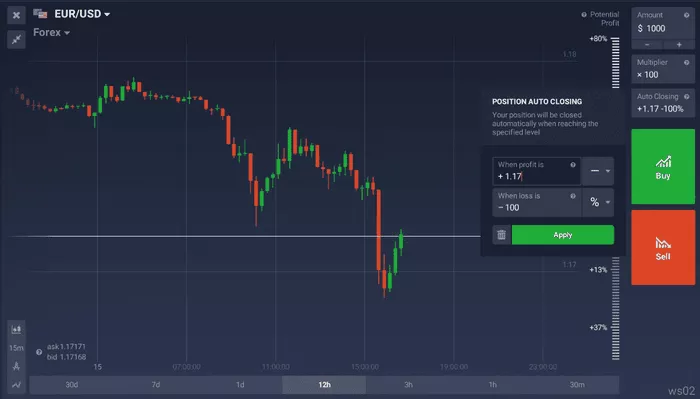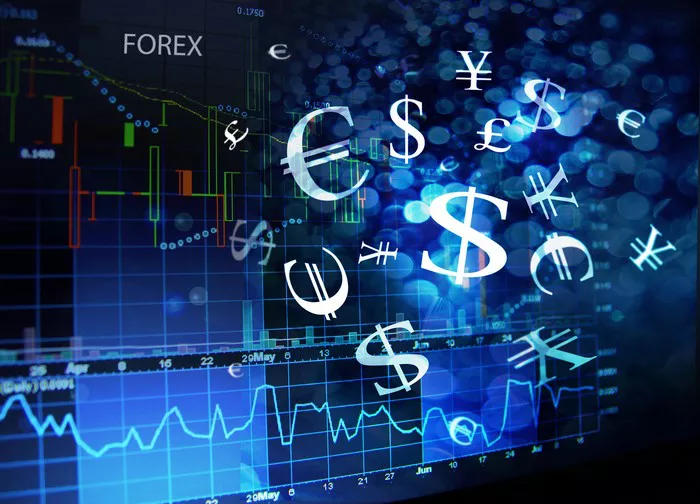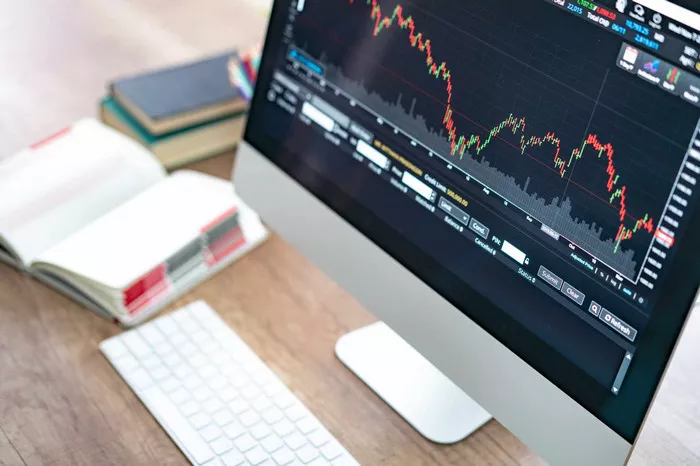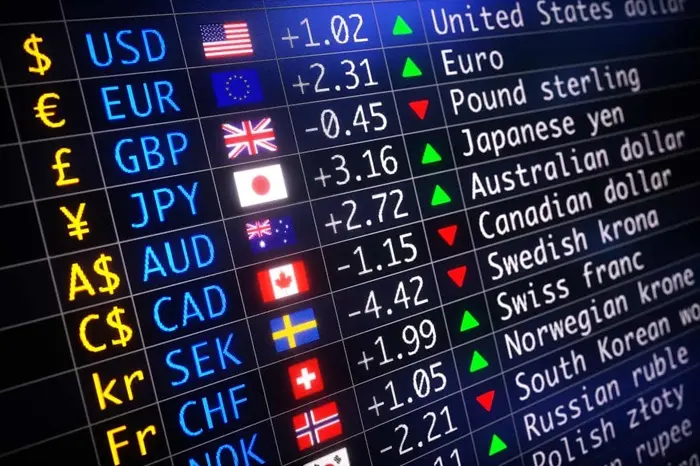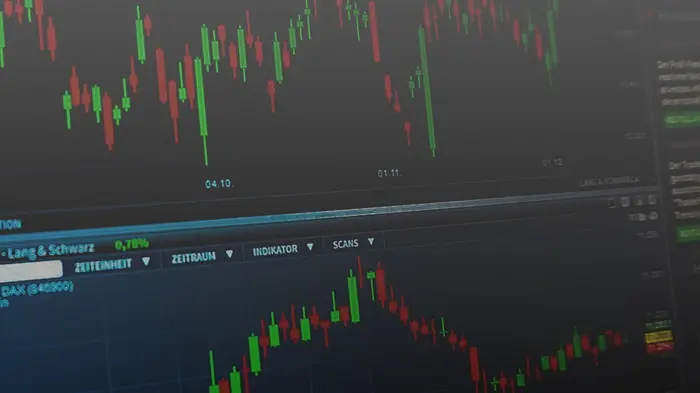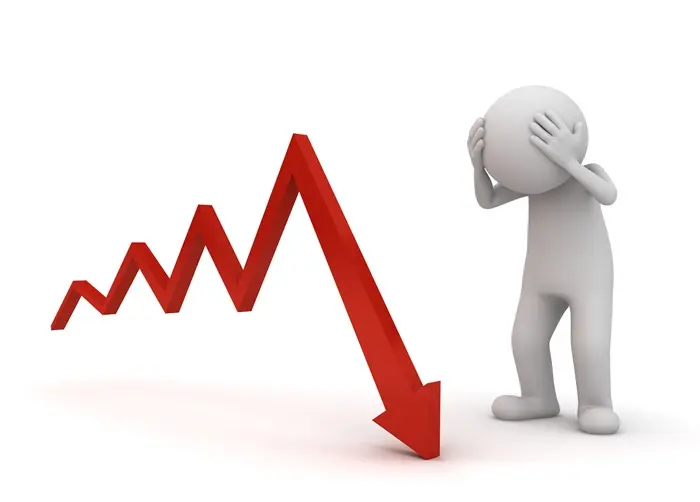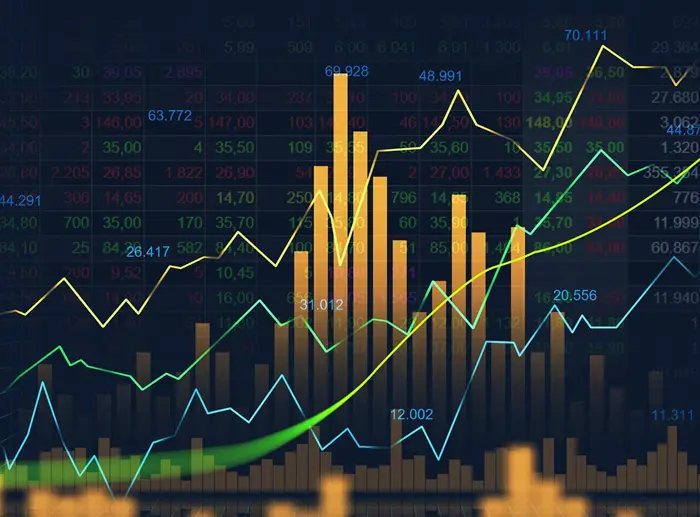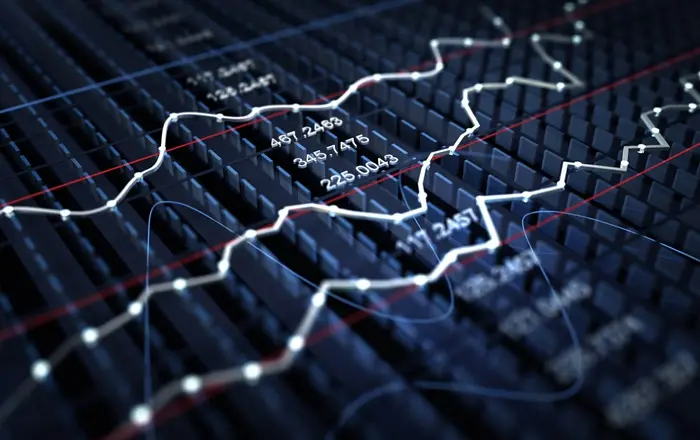The foreign exchange (Forex) market is the largest and most liquid financial market in the world. It offers vast opportunities for traders to make profits by buying and selling currencies. However, one of the most common questions asked by aspiring traders is, “How much can Forex traders make?” The answer is not straightforward because the amount of money a Forex trader can make depends on various factors such as trading skills, strategies, capital invested, market conditions, and risk management.
In this article, we will explore the factors that determine how much Forex traders can earn, the different types of traders, realistic expectations, and strategies for maximizing profits while managing risks.
What is Forex Trading?
Forex trading, also known as currency trading, involves the buying and selling of currencies in pairs. For example, in a EUR/USD trade, you are buying euros and selling US dollars. The goal is to profit from the price changes in these currency pairs. The Forex market operates 24 hours a day, five days a week, and is open to both institutional investors and individual retail traders.
Unlike other financial markets, Forex trading does not occur on a centralized exchange. Instead, it is conducted over-the-counter (OTC) through a network of banks, brokers, and financial institutions. Due to its decentralized nature, Forex is highly accessible, allowing individuals to participate with relatively small capital.
Factors Affecting How Much Forex Traders Can Make
The amount of money Forex traders can make depends on several factors, including their skills, experience, trading strategies, and the level of risk they are willing to take. Below are the key factors that influence how much a Forex trader can earn:
1. Capital Investment
The capital a trader invests in the Forex market has a significant impact on how much they can make. Generally, the larger the capital, the more potential for profit. However, higher capital investment also increases exposure to risk.
Example:
A trader who starts with $1,000 and achieves a 10% profit will earn $100. A trader with $100,000 and the same 10% profit will earn $10,000.
However, trading with higher capital also means higher potential losses. Thus, it is important for traders to balance the potential for profit with the risk they are willing to take.
2. Leverage
Leverage allows Forex traders to control larger positions with a smaller amount of capital. It is a double-edged sword, as it amplifies both potential profits and potential losses.
For instance, with a leverage of 100:1, a trader can control $100,000 in currency with just $1,000 in margin. This leverage enables traders to magnify their profits, but it also increases the risk of significant losses.
Traders should use leverage cautiously and ensure they have a solid risk management strategy in place to avoid substantial losses.
3. Trading Experience and Knowledge
The more experienced and knowledgeable a Forex trader is, the more likely they are to make consistent profits. Successful Forex trading requires a deep understanding of the market, technical analysis, fundamental analysis, and risk management.
Novice traders may struggle to make profits initially, as they lack the skills and experience necessary to navigate the complexities of the Forex market. With time and practice, traders can improve their strategies and become more adept at identifying profitable opportunities.
4. Risk Management
Risk management is one of the most important factors in determining how much Forex traders can make. Traders who risk too much on a single trade can suffer significant losses, even if their overall strategy is profitable.
To manage risk effectively, traders should use tools like stop-loss orders to limit potential losses. A good rule of thumb is to risk only a small percentage (e.g., 1-2%) of the trading capital on each trade. This way, even if a trader encounters a string of losses, they can continue trading without depleting their capital.
5. Trading Strategy
The strategy a trader uses is another critical factor in determining profitability. Forex traders use a variety of strategies to profit from the market, including:
Scalping: A short-term strategy that involves making many small trades throughout the day, aiming to profit from tiny price movements.
Day Trading: A strategy where traders open and close positions within the same day, taking advantage of intraday price fluctuations.
Swing Trading: A medium-term strategy that involves holding positions for several days or weeks, aiming to profit from larger price swings.
Position Trading: A long-term strategy where traders hold positions for weeks, months, or even years, aiming to profit from long-term trends.
Each of these strategies has its pros and cons, and the amount of money a trader can make depends on how well they execute their chosen strategy.
6. Market Conditions
Forex market conditions can significantly impact a trader’s ability to make profits. Market volatility, liquidity, and trends all play a role in determining potential profits. High volatility can lead to larger price swings, creating opportunities for traders to profit. However, it can also increase the risk of large losses if the market moves against the trader’s position.
Additionally, news events, economic reports, and geopolitical developments can influence currency prices and create trading opportunities. Successful traders often stay informed about market conditions and adjust their strategies accordingly.
7. Psychology of Trading
The psychology of trading is another important factor that determines how much Forex traders can make. Trading can be emotionally challenging, especially when facing losses or experiencing periods of drawdown. Traders who cannot manage their emotions may make impulsive decisions, leading to poor trading outcomes.
Developing the discipline to stick to a trading plan, manage risk, and avoid emotional trading is key to long-term profitability.
Types of Forex Traders and Their Earnings Potential
The amount of money a Forex trader can make also depends on the type of trader they are. Below are some of the most common types of Forex traders and their earnings potential:
1. Retail Forex Traders
Retail traders are individual traders who trade their own capital in the Forex market. They typically start with smaller capital, and their earnings potential varies based on their trading skills, strategies, and risk management.
Retail traders can make anywhere from a few hundred dollars per month to several thousand dollars, depending on their experience and the size of their trading accounts. However, many retail traders struggle to make consistent profits, especially in the beginning, as the learning curve can be steep.
2. Proprietary Traders
Proprietary traders, or “prop traders,” are professionals who trade on behalf of a firm or financial institution. These traders are typically given a certain amount of capital to trade with, and they earn a portion of the profits they generate.
Proprietary traders can earn a significant income, especially if they are successful in generating consistent profits for their firms. Earnings can range from $50,000 to $500,000 or more, depending on the trader’s success and the firm’s compensation structure.
3. Institutional Traders
Institutional traders work for large banks, hedge funds, and financial institutions. They have access to significant capital and advanced trading tools. Institutional traders are typically more experienced and may have higher earning potential due to the large volumes they trade.
Earnings for institutional traders can be substantial, often exceeding $1 million annually for top performers. However, the competition is fierce, and the pressure to generate consistent profits is high.
4. Automated Traders
Automated traders use algorithms and computer programs to trade on their behalf. These traders may rely on sophisticated trading strategies, such as high-frequency trading (HFT), to profit from small price movements in the market. Automated trading can generate profits without requiring constant human intervention.
The earnings potential for automated traders varies depending on the strategy and the amount of capital involved. Successful automated traders can earn substantial returns, but it requires advanced programming skills and a deep understanding of the market.
Realistic Expectations for Forex Traders
It is important for Forex traders to set realistic expectations when it comes to earnings. The Forex market can be highly profitable, but it is also extremely risky. Many novice traders enter the market with the expectation of making quick and substantial profits, but the reality is that success in Forex trading takes time, effort, and discipline.
In general, a realistic goal for a retail trader is to aim for a consistent return of 5-10% per month on their capital. While some traders may achieve higher returns, it is important to remember that the Forex market is unpredictable, and large profits come with significant risk.
Traders should focus on developing a solid trading plan, learning from their mistakes, and gradually improving their skills. Patience and persistence are key to long-term success in the Forex market.
Conclusion
The amount of money Forex traders can make depends on various factors, including capital investment, leverage, trading experience, risk management, and market conditions. While some traders can earn significant profits, others may experience losses, especially in the early stages of their trading journey. Setting realistic expectations, using effective strategies, and managing risk are all crucial elements of successful Forex trading.
It is important for traders to remember that Forex trading is not a get-rich-quick endeavor. It requires skill, discipline, and a willingness to continuously learn and adapt to changing market conditions. By following best practices and remaining patient, traders can increase their chances of making consistent profits over time.
Related topics:

